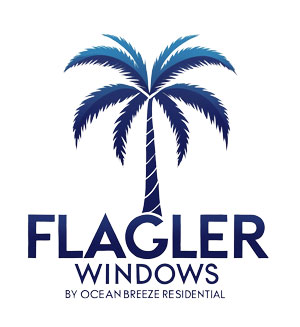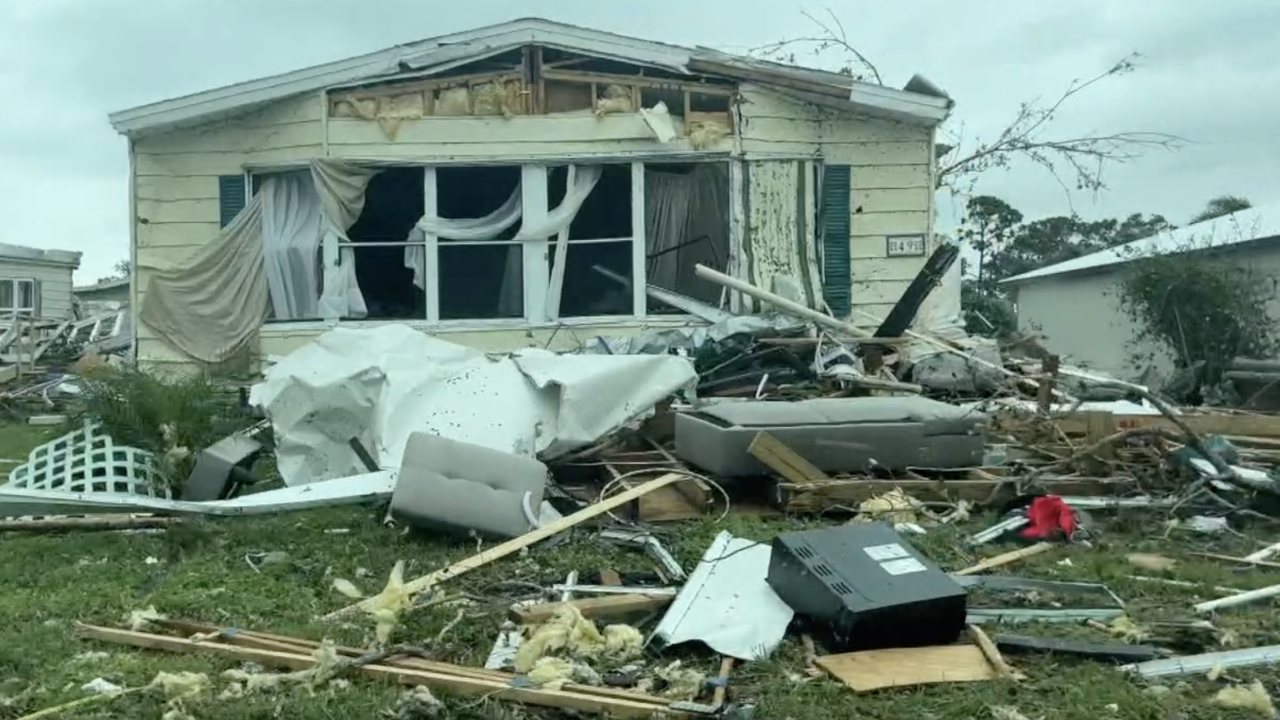Call Shannon at Flagler Windows Call (386) 270-1000
Florida’s east coast has a long and colorful history, shaped by ocean breezes, tropical storms, and the unstoppable spirit of its people. In the heart of it all, Flagler County has grown from a sleepy coastal outpost to a thriving community. As the area developed, so did the understanding of what homes needed to withstand the elements. One major part of that story is the evolution of window safety regulations — rules that protect families, preserve homes, and make life along the coast safer and more secure.
Early Days: Style Over Safety
In the early 1900s, when Flagler County was first being settled, windows were built for beauty and ventilation, not necessarily for strength. Homes often had large, open windows with wooden frames and single panes of thin glass. This glass was easy to manufacture and install but offered little resistance to storms. At the time, hurricanes were seen as rare acts of nature, not everyday threats that homes needed to be built to withstand.
Builders focused on creating homes that fit the warm climate — breezy and open. Safety codes for windows simply did not exist yet. If a storm came through, families would hammer plywood over their windows or nail shutters closed, hoping for the best. It was a time when personal preparation was the only real protection.
The Wake-Up Call: The 1928 Okeechobee Hurricane
One of the first big changes in thinking came after the devastating Okeechobee Hurricane of 1928. Although Flagler County was not the center of the storm, the destruction across the state was impossible to ignore. Thousands of lives were lost. Buildings crumbled. Windows shattered by wind and debris became deadly hazards. Florida began to realize that stronger homes could mean the difference between life and death.
Even after this storm, it would still take decades for true statewide window safety codes to develop. But seeds were planted. Builders and local leaders started talking about stronger materials, better designs, and smarter construction practices.
The Mid-1900s: Small Steps Forward
By the 1950s and 1960s, Florida’s population was booming, and with it came a new wave of construction. In Flagler County, oceanfront homes, condos, and family houses popped up along the beaches and inland areas. Windows became larger and more decorative, but still, most homes used single-pane glass with minimal reinforcement.
The first window safety improvements came from advances in materials. Aluminum window frames became more popular, offering more strength than wood. Laminated glass, which sandwiches a plastic layer between two pieces of glass, was developed but was mostly used for car windshields rather than homes.
Building codes in Flagler County slowly began to require better construction practices. However, for windows, regulations were still fairly weak. Most codes focused on basic installation methods, making sure windows were properly secured, but they did not yet demand impact resistance.
Hurricane Andrew Changes Everything
The major turning point for window safety in Florida — and eventually Flagler County — was Hurricane Andrew in 1992. Striking South Florida with brutal force, Andrew revealed serious flaws in construction standards across the state. Entire neighborhoods were wiped away. Windows blew out of homes, allowing wind to lift roofs and destroy structures from the inside out.
Andrew was a disaster that led to action. The Florida Building Code was overhauled. It became one of the toughest in the nation, especially in coastal areas. For the first time, regulations clearly required windows to meet specific safety standards.
Although Flagler County was hundreds of miles north of Andrew’s direct path, the entire state felt the effects of the new laws. New codes demanded stronger anchoring systems for windows, the use of impact-resistant glass in certain zones, and testing standards for how windows should perform against wind and flying debris.
The Rise of Impact Windows
In the years that followed Hurricane Andrew, the window industry transformed. Impact-resistant windows became more than just an option — they became a necessity for many Florida homeowners. Flagler County, as part of Florida’s east coast, began to see tighter enforcement of these new rules.
Impact windows are made with heavy-duty frames and multiple layers of laminated glass. Even if they crack under the force of debris, they stay intact and keep the home’s envelope sealed. This prevents catastrophic wind damage that can destroy homes from the inside out during a hurricane.
By the early 2000s, new construction along the coast, including Palm Coast and Flagler Beach, was required to meet modern hurricane standards. For homeowners replacing old windows, building permits required upgrades to stronger, safer materials.
Today’s Window Safety Standards in Flagler County
Today, window safety regulations in Flagler County are among the strongest they have ever been. New construction and major renovations must meet Florida Building Code standards that account for hurricane-force winds and flying debris.
Depending on the location of the home — especially if it’s within a certain distance from the coast, known as the Wind-Borne Debris Region — homeowners must install either impact-resistant windows or use protective shutters. Builders must follow strict testing and certification processes to ensure windows can withstand both small and large missile impacts.
Energy efficiency is also part of the equation now. Many modern impact windows are designed not only to protect but to reduce cooling costs and block harmful UV rays. Homes today are safer, stronger, and more energy-conscious than at any point in the past.
The Role of Professional Installation
Having strong windows is not enough on its own. Proper installation is critical. Even the best window can fail if it is not installed correctly, sealed properly, and secured to the structure of the home according to code.
That’s where trusted local companies like Flagler Windows, a division of Ocean Breeze Residential, come in. Shannon and Melinda Fugit have built a reputation in Palm Coast and Flagler County for doing the job right. Their team understands both the letter and spirit of Florida’s strict window codes. They install windows that not only meet standards but truly protect the people inside.
Flagler Windows works closely with homeowners to choose the right products for their specific location and needs. They ensure each project is handled with care, minimal disruption, and the highest level of craftsmanship. In a place where safety is so closely tied to the strength of your windows and doors, choosing a knowledgeable, local team makes all the difference.
Looking Ahead: The Future of Window Safety
Window technology continues to evolve. In the future, Flagler County homeowners will likely see even smarter windows that adjust to weather conditions, integrate solar energy solutions, and offer even greater protection with lighter materials.
But one thing will remain true. The history of window safety along Florida’s east coast — and especially in Flagler County — shows that strength, resilience, and preparation are not luxuries. They are necessities.
And with experts like the team at Flagler Windows leading the way, homeowners can be confident that their investments today will protect them well into tomorrow.
It’s a great idea to have Shannon at Ocean Breeze Residential come out to your home and give you a no-obligation examination of your windows and doors. And if appropriate, he can write you an estimate to professionally replace those units that need it most. Call (386) 270-1000 or email Fl************@***il.com


